- 4185 views
- 0 comments

ABOUT EMERALDS
Emeralds are gem types found in the beryl minerals with a vivid, distinctively green color. They are found in igneous, metamorphic, and sedimentary rocks. According to the earliest sources, emeralds were known as "marakata", a Sanskrit term that means "the green of growing things". These gems were later elevated to high society and the Latin term "smaragdus" was adopted. The name became "emerald" in English over time.
Emeralds have been regarded as one of the most valuable and colored gemstones for over 5000 years. Emeralds were discovered by early civilizations in Africa and South America. They were a jewel of highest honor. This stone is the May birthstone in the United States, as well as many other countries. These beautiful natural green gemstones are also popular in gemstone jewelry.
Emerald, sapphire, and ruby are the most valuable colored gemstones at present. These three gemstones generate more economic activity than all other colored gemstones. The value of emeralds imported to the US in 2015 was greater than all other colored gemstones except the "big three".
COLORS
Only dark green or bluish-green beryl minerals are called emerald. It is known as heliodor if it is yellow-green. If it is light green it is called green beryl. It could also be called olivine, green garnet, or green sandstone.
SIGNIFICANCE AND BENEFITS
Faithfulness and loyalty: According to Greek mythology emerald gemstone beads symbolize love and bring fidelity to the couple. An emerald's brightness is believed to be due to its purity. The wearer of an emerald who is not true to its color was considered unfaithful. Emeralds are believed to represent friendship and unconditional loyalty, just like love's faithfulness. To symbolize their friendship, some friends used to wear friendship bracelets adorned with emeralds.
Good luck and eternal youth: Shah Jahan, the famous Mughal emperor who created the Taj Mahal, wrote scriptures into emerald charms for good fortune. According to the Vedas, emeralds can be described as gems of luck that can improve one's well-being. Emeralds can bring luck on certain days of the week, according to Chinese culture. An emerald was believed to have been kept beside the neck of ancient Egyptian mummies to grant them eternal youth.
HOW TO IDENTIFY EMERALD
Sparkle : When exposed to intense light, a gemstone's sparkle can be detected a lot. Natural emerald does not display fire when it is lit. They can still have some fire but it will be minimal. Fake ones sparkle in every color of the rainbow.
Facets : Take a closer look at the facets if the stone has too many sides. The edges of genuine emeralds should not show any wear because they are very hard. The edges of imitation emerald stones are made mostly of soft materials like glass. They become less sharp and appear worn over time.
Clarity : The structure of real emeralds is not as clear. If you look at a stone like this from close up, you can see lines, bubbles, and crystals. Although emeralds with high clarity will have fewer imperfections than others, they will still be imperfect. Artificially made emeralds, on the other hand, look much more polished and perfect. If they are cheap, it is usually a sign that the gemstone may not be a real emerald.
Shop Natural Emerald Gemstones & Beads
Explore More

TOP 3 GEMSTONE SOURCING HUBS IN THE WORLD
Gemstones have been prized and coveted for their beauty and rarity for centuries. From diamonds to emeralds, sapphires to rubies, these precious stones have captured the attention and admiration of people all over the world. But have you ever wondered where these stunning gems come from? Numerous locations around the globe are known for their gemstone sourcing, but there are a few that stand out above the rest. In this blog post, we will explore the top 3 gemstone sourcing hubs in the world, where these magnificent stones are found, and why they are so highly regarded in the world of gemstones.
Read more
IS IT A GOOD IDEA TO BUY WHOLESALE GEMSTONES ONLINE?
The world of gemstones is a fascinating one, filled with vibrant colors, unique shapes, and stunning designs. For those looking to add to their collection or purchase gemstones for jewelry making, buying wholesale can be an appealing option. With the rise of online shopping, it's now easier than ever to purchase wholesale gemstones from the comfort of your own home. However, the question remains: is it a good idea to buy wholesale gemstones online? In this blog post, we'll explore the pros and cons of purchasing gemstones online in bulk and provide some tips on how to ensure a successful and satisfying purchase. So if you're curious about buying wholesale gemstones online, read on to find out more!
Read more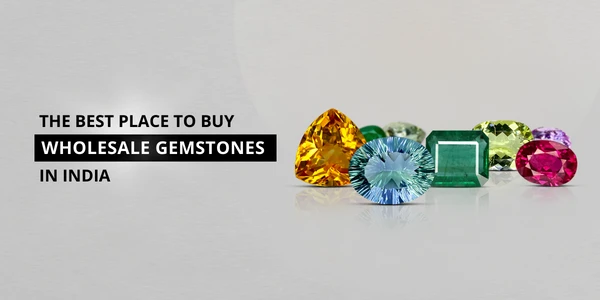
THE BEST PLACE TO BUY WHOLESALE GEMSTONES IN INDIA
India is renowned for its vibrant culture, diverse landscapes, and rich history. But what many may not know is that it is also a treasure trove for gemstones. The country has a long-standing tradition of mining and trading precious gemstones, making it one of the top producers and exporters of gemstones in the world. And for those looking to purchase wholesale gemstones, India is the ultimate destination. With a plethora of options, competitive prices, and top-quality stones, it is no wonder that India is considered the best place to buy wholesale gemstones. In this blog post, we will explore the reasons why India should be your go-to destination for all your gemstone needs.
Read more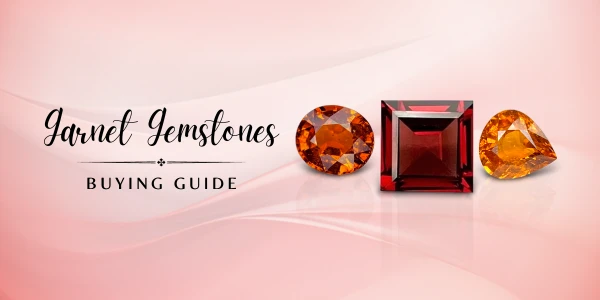
GARNET GEMSTONES BUYING GUIDE
Are you looking for the perfect garnet gemstone to add to your collection? If so, you have come to the right place. In this garnet gemstones buying guide, we will provide you with all the information and tips you need to make a knowledgeable and informed decision when selecting the ideal garnet gemstone. We will discuss the various types of garnet gemstones, their properties, the different colors, clarity, cuts, and carat weights that are available, and more. So read on and get ready to find the perfect garnet gemstone for you!
Read more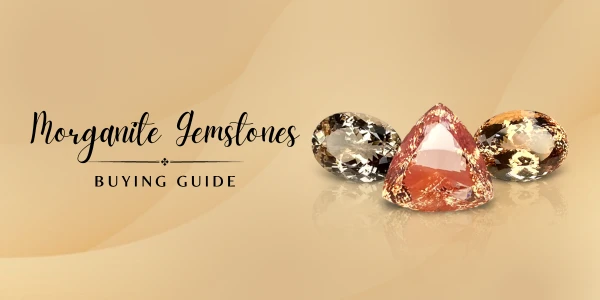
MORGANITE GEMSTONES BUYING GUIDE
Morganite, also known as pink beryl, is a mesmerizing pinkish-orange stone that has been used in jewelry for centuries. It is said to be a stone of divine love and encourages us to accept love into our lives. Whether you are looking for a beautiful piece of jewelry for yourself or a loved one, this guide will provide you with the knowledge and understanding you need to make an informed buying decision. From the history and properties of morganite to the various shapes and sizes of stones available, this guide will help you make the right choice. So let’s get started and explore the captivating world of morganite gemstones.
Read more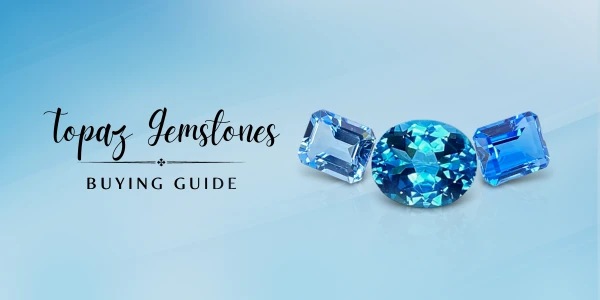
TOPAZ GEMSTONES BUYING GUIDE
Topaz is a beautiful and versatile stone that comes in various colors, sizes, and shapes. It has become increasingly popular in recent years due to its stunning visual appeal and ability to add sparkle and elegance to any outfit. In this guide, we’ll provide all the information you need to know about buying topaz gemstones, including types of topaz, what to look for when purchasing, and where to find the best deals. We’ll also give you tips on how to care for your topaz gemstone jewelry so that it looks beautiful and vibrant for years to come.
Read more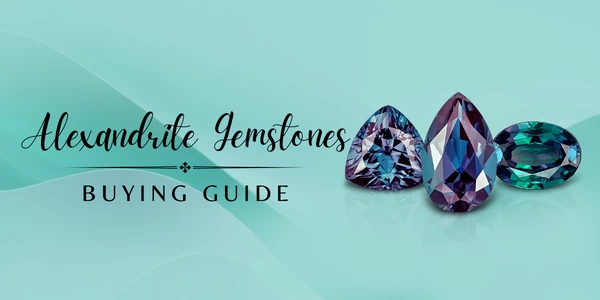
ALEXANDRITE GEMSTONES BUYING GUIDE
Are you looking to buy a beautiful alexandrite gemstone? Then you've come to the right place! Our alexandrite gemstones buying guide provides all the information you need to know before making a purchase. Here, you'll learn about the features and characteristics of alexandrite stones, tips for selecting the best quality, and advice on where to shop for the most affordable prices. With this guide, you can rest assured that you're making a smart investment in a beautiful and valuable gemstone. So, read on and learn all about alexandrite gemstones!
Read more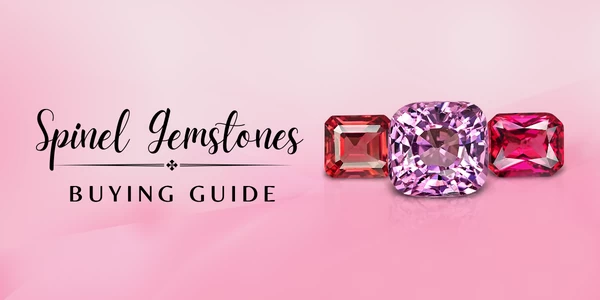
SPINEL GEMSTONES BUYING GUIDE
Are you in the market for a beautiful gemstone? If so, you should consider buying a spinel gemstone! Spinel gemstones are some of the most beautiful and unique gems in the world. They come in a wide range of colors, from pink and red to orange and purple. Plus, they are durable and affordable, making them a great option for anyone looking to add a stunning stone to their collection. This guide will provide you with the information you need to make an informed decision when it comes to buying spinel gemstones. We'll go over the different types of spinel available, discuss the various color options, and provide tips on how to care for your spinel gemstone. By the end of this guide, you'll be well-equipped to pick out the perfect spinel gemstone for you.
Read more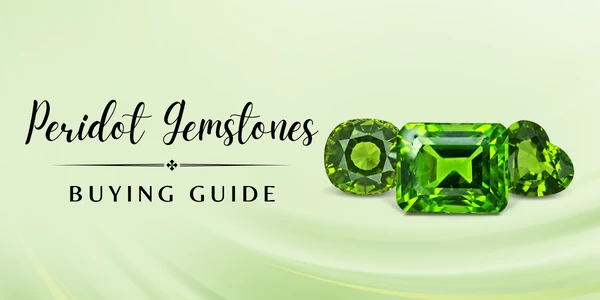
PERIDOT GEMSTONES BUYING GUIDE
Peridot is one of the most sought-after gemstones on the market. Its beautiful, light green hue and stunning clarity make it a popular choice for jewelry and accessories. Whether you're looking for a show-stopping piece of jewelry or simply a small token of appreciation, Peridot is an excellent choice. This guide will help you understand what to look for when buying peridot gemstones, so you can find the perfect piece for yourself or a loved one.
Read more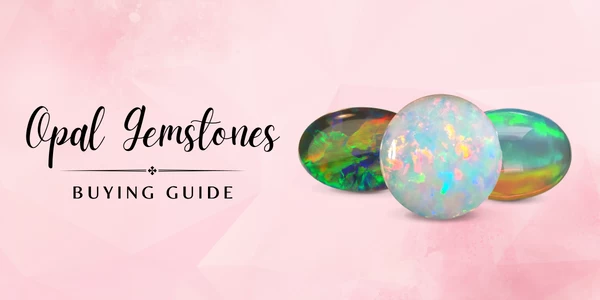
OPAL GEMSTONES BUYING GUIDE
Opal gemstones have amazing colors and come from mixing silica and water. They're unique and special gems. Do you want to own an opal stone? Before you do, it's important to know about good quality and trustworthy sources. This guide is here to help you. We'll talk about the basic things about opal gems and help you choose the right one. It doesn't matter if you're new to this or know a lot, this guide will teach you and make it fun. Let's start this journey together to learn about opals, know their types, how to pick the best one, and make sure you're happy with what you get. Get ready to learn and find your own special opal!
Read more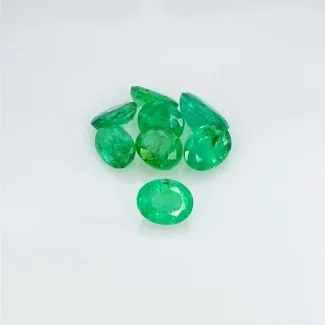

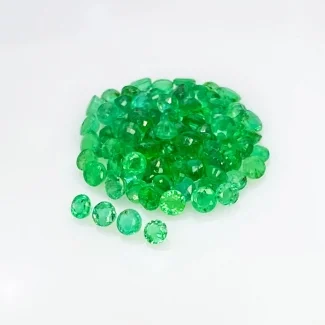

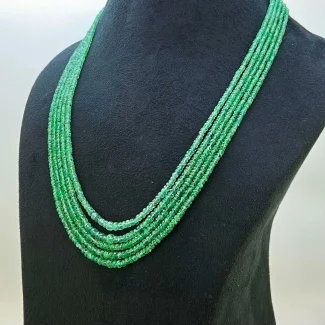
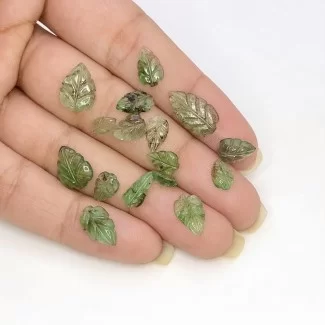
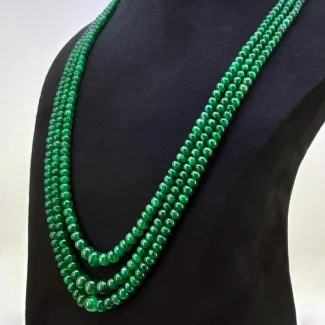
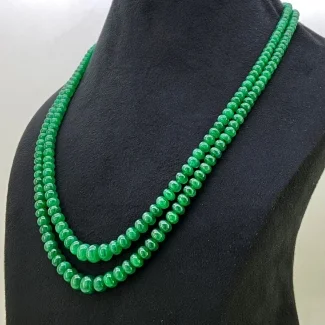
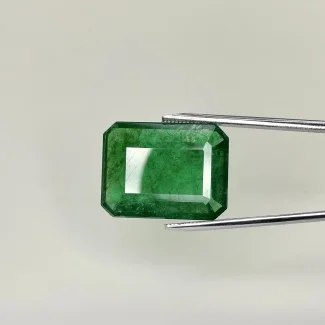

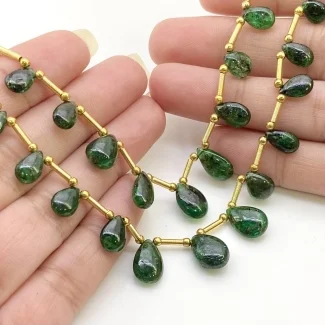

Comments (0)